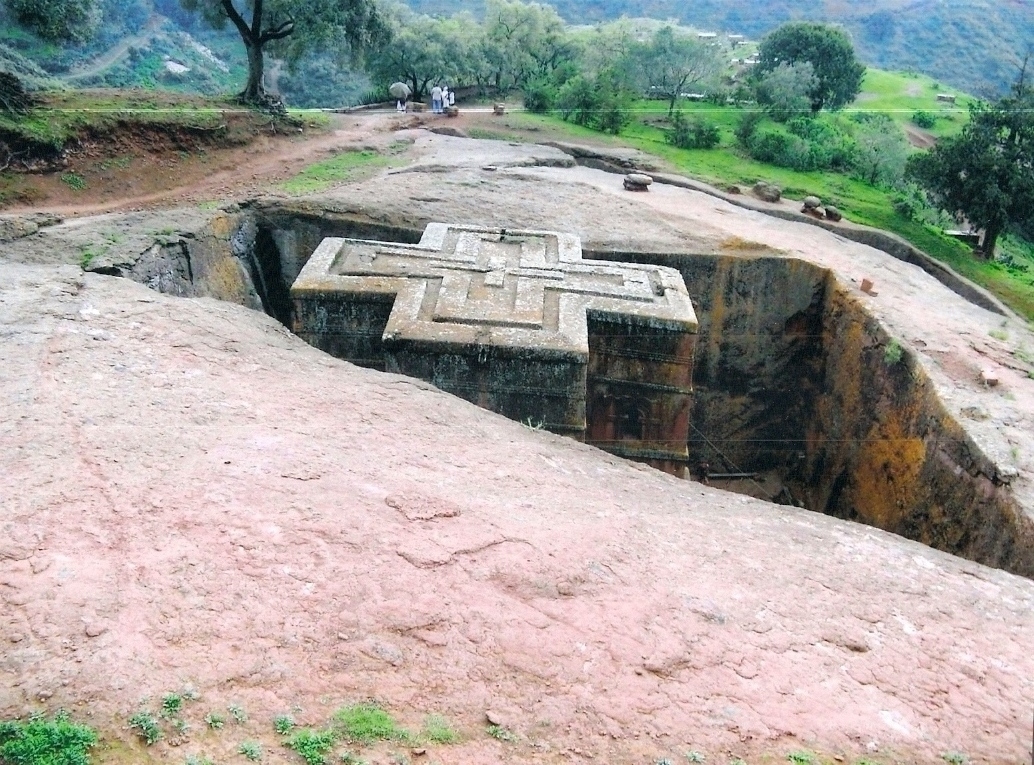Lalibela
 |
|
Came to existence after the decline of Axum , originally,
called Roha and it was the capital of a local dynasty known as The Zagwe.
The town was renamed Lalibela after its most important ruler who lived
in late twelfth and early thirteenth centuries, made and well known for
the 11 eleven rock-hewn churches, king Lalibela. The churches are really
the bright marks of that period. The town of Lalibela located at the top
of a hill flourishes with a museum of rock hewn churches. The rock hewn
churches of Lalaibela are the most famous which cut out of soft volcanic
tuff and extremely fine. Alvarez, who visited Lalibela
in 1520, described them as “edifices, the like of which and so many can
not be found any where else in the world. They are churches entirely excavated
in the rock, very well hewn...,
It wears me to write more of these works,
because it seems to me that they will not believe me, If I write more.”
Lalibela is 642 killometers from Addis Ababa and
traveling is possible by road and daily flight by Ethiopian Air Lines.
Lalibela is particularly interesting during religious celebrations, notably
in Ethiopian Christmas (January 7), this day is also the birth date of
king Lalibela him self. The physical land escape of the town is characterized
by a rugged topography on a mountain, in a picturesque setting at an altitude
of 2630 meters above mean sea level. Besides the 11 rock-hewn churches,
there are many churches out side the town of Lalaibela , which are made
before or nearly the same period and are very attractive.

